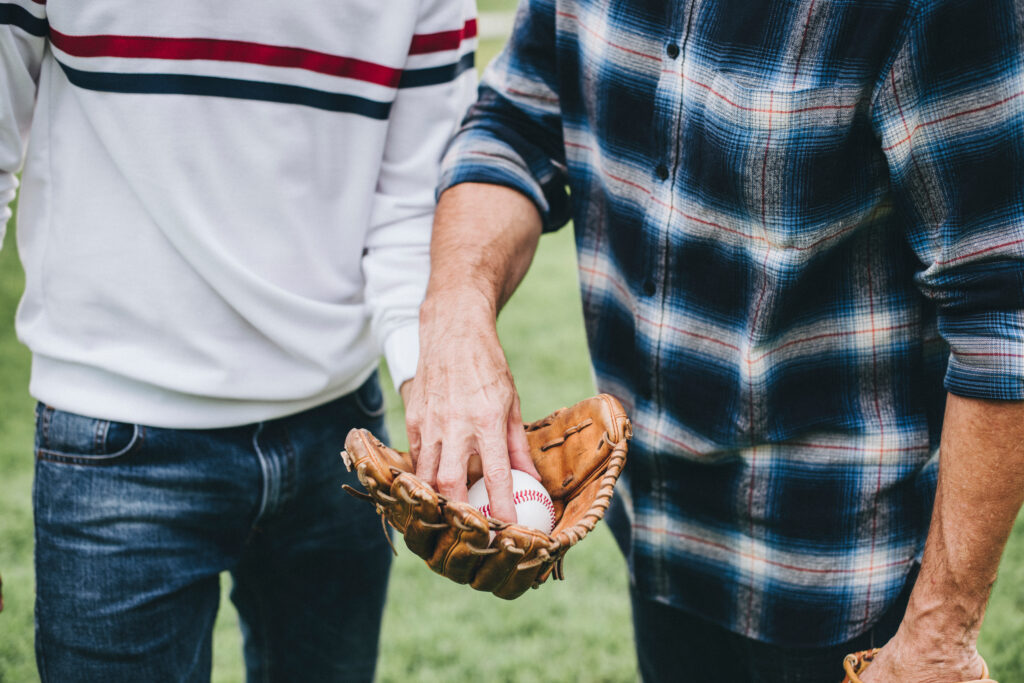
Hand-eye coordination refers to the ability to use the eyes to guide the hands in performing a task. It is an essential skill for daily living activities such as dressing, grooming, and eating. However, as individuals age or develop dementia, hand-eye coordination can deteriorate, leading to difficulty in performing these activities. Therefore, incorporating hand-eye coordination exercises into daily routine can help maintain and improve this skill.
Hand-eye coordination exercises involve the use of visual and motor skills to perform a task, which promotes cognitive and physical abilities. These exercises can be tailored to the individual’s abilities and interests, and can be done in a group or one-on-one setting. They can also be modified to include sensory stimulation, which can be beneficial for individuals with dementia who may have sensory processing difficulties.
One effective hand-eye coordination exercise for individuals with dementia is balloon volleyball. This game involves passing a large balloon back and forth between participants without letting it touch the ground. The exercise promotes physical activity, social interaction, and hand-eye coordination. The activity can be modified to include seated participants, or by using a smaller balloon for those with limited mobility.
Another beneficial hand-eye coordination exercise is jigsaw puzzles. These puzzles require the use of visual perception, spatial awareness, and fine motor skills. They can also promote cognitive abilities, such as problem solving, memory, and attention. When selecting a puzzle for an individual with dementia, it is important to choose one with an appropriate number of pieces that matches their ability level. Puzzles can be worked on together with a caregiver or as a group activity, promoting social interaction and communication.
Toss and catch games can also be effective hand-eye coordination exercises. These games involve the use of a ball or beanbag, which is thrown back and forth between participants. This activity can be modified by using a larger, softer ball or a slower pace for individuals with limited mobility. The exercise promotes physical activity, social interaction, and hand-eye coordination.
Hand exercises can also be used to improve hand-eye coordination. These exercises involve the use of the hands and fingers to perform various movements, such as stretching, squeezing, and grasping. Hand exercisers can be used to improve dexterity and fine motor skills. These exercises can be modified to include sensory stimulation, such as using textured objects or incorporating scents.
Finally, threading beads can also be a beneficial hand-eye coordination exercise. This activity requires the use of fine motor skills and hand-eye coordination to thread beads onto a string. Large, colorful beads can be used to make the activity more visible and easier to grip. This exercise can be modified to include sensory stimulation, such as using beads with different textures or incorporating scents.
Hand-eye coordination exercises can be an insanely helpful tool for individuals with dementia to maintain or improve their cognitive and physical abilities. These exercises can be tailored to the individual’s abilities and interests, and can be done in a group or one-on-one setting. They can also be modified to include sensory stimulation, which can be beneficial for individuals with dementia who may have sensory processing difficulties. It is important to keep in mind the individual’s abilities and limitations when planning these exercises, and to adapt them as needed. Always ensure that the exercises are safe and comfortable for the participant.
Additional resources on hand-eye coordination exercises for individuals with dementia can be found on websites such as the Alzheimer’s Association and the Mayo Clinic. These resources provide a variety of exercises and activities that can be used to promote hand-eye coordination, as well as other cognitive and physical abilities.
Here are some additional plans that can be implemented:
- Simple Drawing: This is a simple exercise that involves drawing basic shapes or figures, such as circles or squares. This exercise can help improve hand-eye coordination, fine motor skills, and creativity. Use large paper, and provide thick and colorful markers to make the task more visible and easier to grip.
- Baking: Baking can be a fun and engaging activity that promotes hand-eye coordination, sensory stimulation, and social interaction. Simple baking tasks like measuring ingredients, stirring batter, and decorating cookies or cupcakes can be used. Ensure that the activity is safe and that the participant is able to follow the steps with assistance if needed.
- Throwing and Catching a Soft Ball: This exercise can be modified by using a soft and lightweight ball. Participants can throw and catch the ball back and forth to improve hand-eye coordination, physical activity, and social interaction. The activity can be modified to suit the abilities of the individual.
- Matching Game: This exercise involves matching pairs of objects, such as cards with images or shapes. This activity promotes cognitive abilities, hand-eye coordination, and memory. It can be modified to include sensory stimulation by using objects with different textures or scents.
- Finger Painting: Finger painting is a sensory activity that can promote hand-eye coordination, creativity, and relaxation. Use large paper and washable paints to make the task easier and mess-free. Provide encouragement and assistance as needed to help the individual enjoy the activity.
- Pegboard: Pegboards involve placing pegs into holes to create a pattern or design. This exercise promotes hand-eye coordination, fine motor skills, and cognitive abilities. Use a large pegboard with large pegs to make the task easier to grip and to see.
- Beanbag Toss: This exercise involves tossing beanbags into a target, such as a bucket or hoop. The activity promotes physical activity, hand-eye coordination, and social interaction. The activity can be modified to suit the abilities of the individual.
Please, keep in mind that these exercises should be adapted to the individual’s abilities and interests. Always ensure that the exercises are safe and comfortable for the participant. It is also essential to provide assistance and encouragement to help the individual feel successful and engaged in the activity.